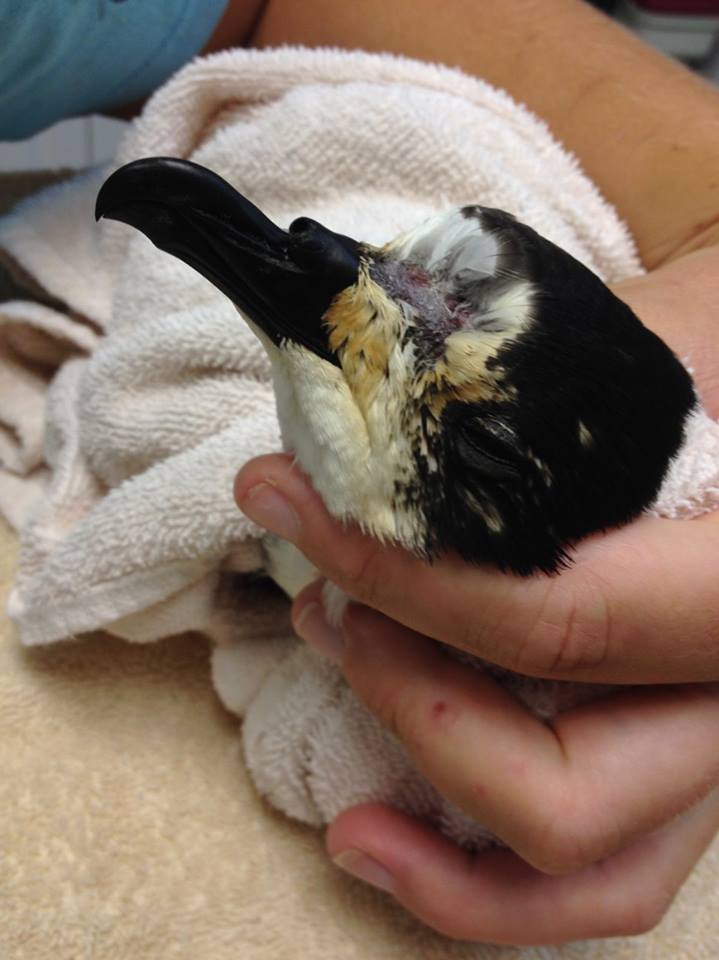Research Projects
At Save Our Shearwaters, our patients’ health and well-being are our number one concern. We do not participate in any research that would compromise or otherwise interrupt our patient’s care. Often, the most valuable resource we provide to researchers are the specimens of patients who, sadly, did not survive to release. These specimens are invaluable to researchers who use them to help further knowledge on their populations and current/emerging threats. While our primary goal is always to rehabilitate and release as many healthy individuals as possible, it is reassuring to know that those who do not make it can still contribute to meaningful research efforts.
Wildlife rehabilitation centers can play a critical role in the scientific research of native wildlife populations and Save Our Shearwaters is no exception. We are able to provide valuable information on emerging diseases, human impacts on wildlife, wildlife samples, and more. Over the years, our program has been acknowledged as well as had staff members listed as co-authors on numerous publications which are listed below.
Hawaiian Petrel - Satellite Tag
On July 13th of 2016, this endangered Hawaiian Petrel came into SOS after having obviously collided with an object. The left side of his/her head was swollen and he was keeping his left eye shut. Following several days of care which included medications and a wash (his face and head were not waterproof), the bird had fully recovered other than missing a large patch of feathers on his head. In partnership with Kaua'i Endangered Seabird Recovery Project, a satellite tag was affixed to his back prior to release and on July 17th he was released from Makahuena Point. He had a brood patch and it was hoped that he would return to his burrow to breed. He, however, had other plans. We tracked this bird for a total of 159 days and in that time he flew an amazing 48,140 km (29,912 miles)! For reference, that is 5000 miles more than the circumference of the Earth at the equator!



